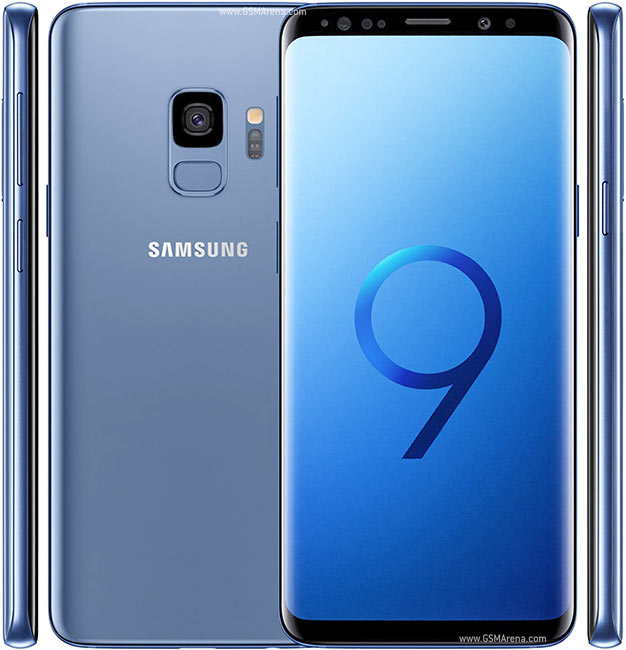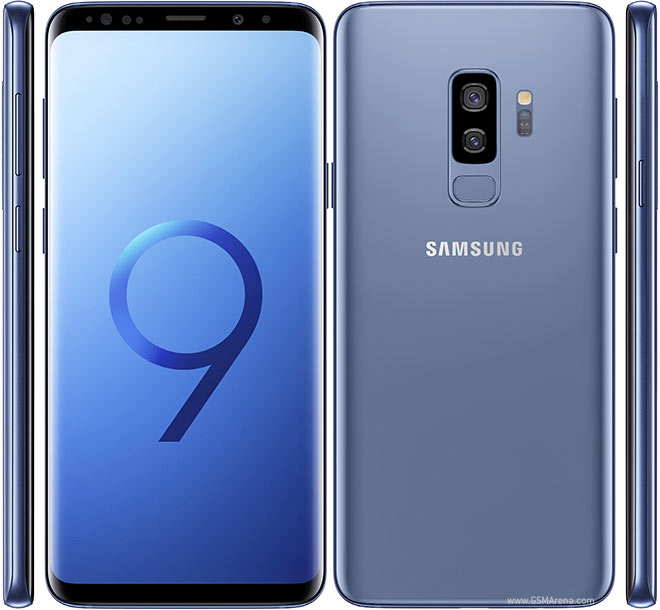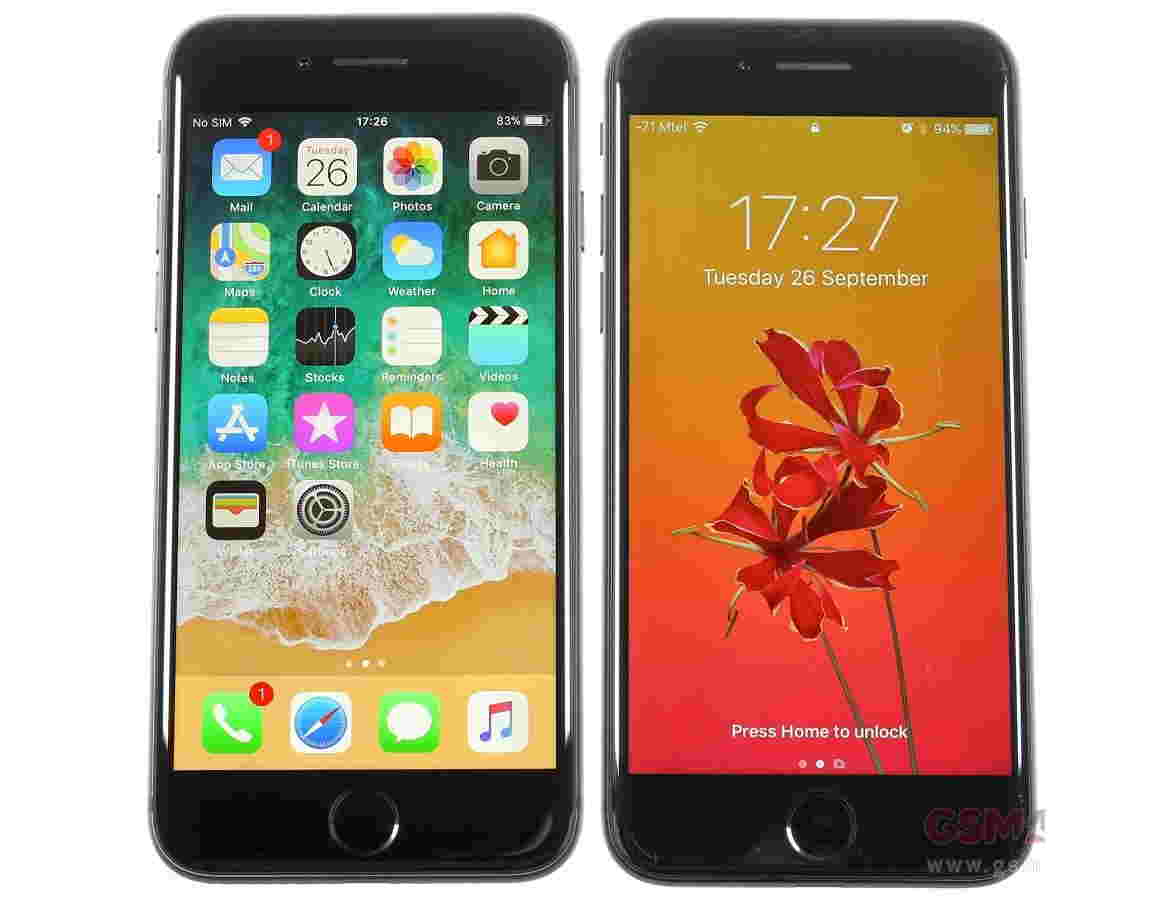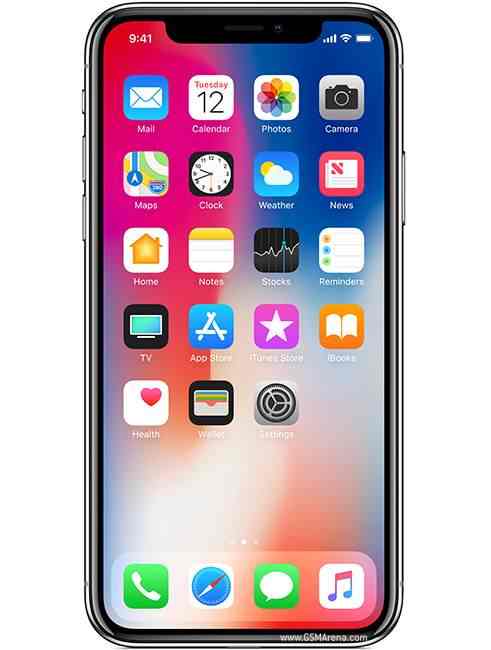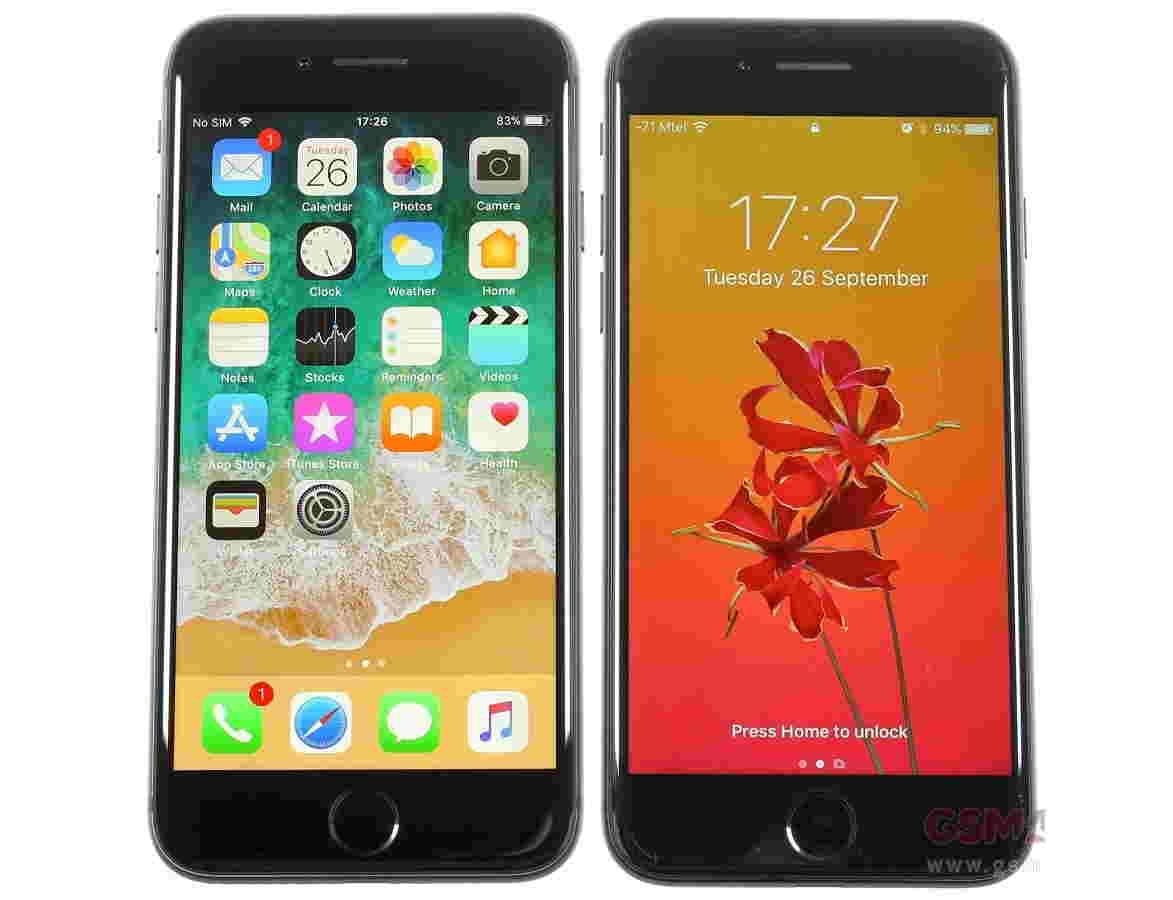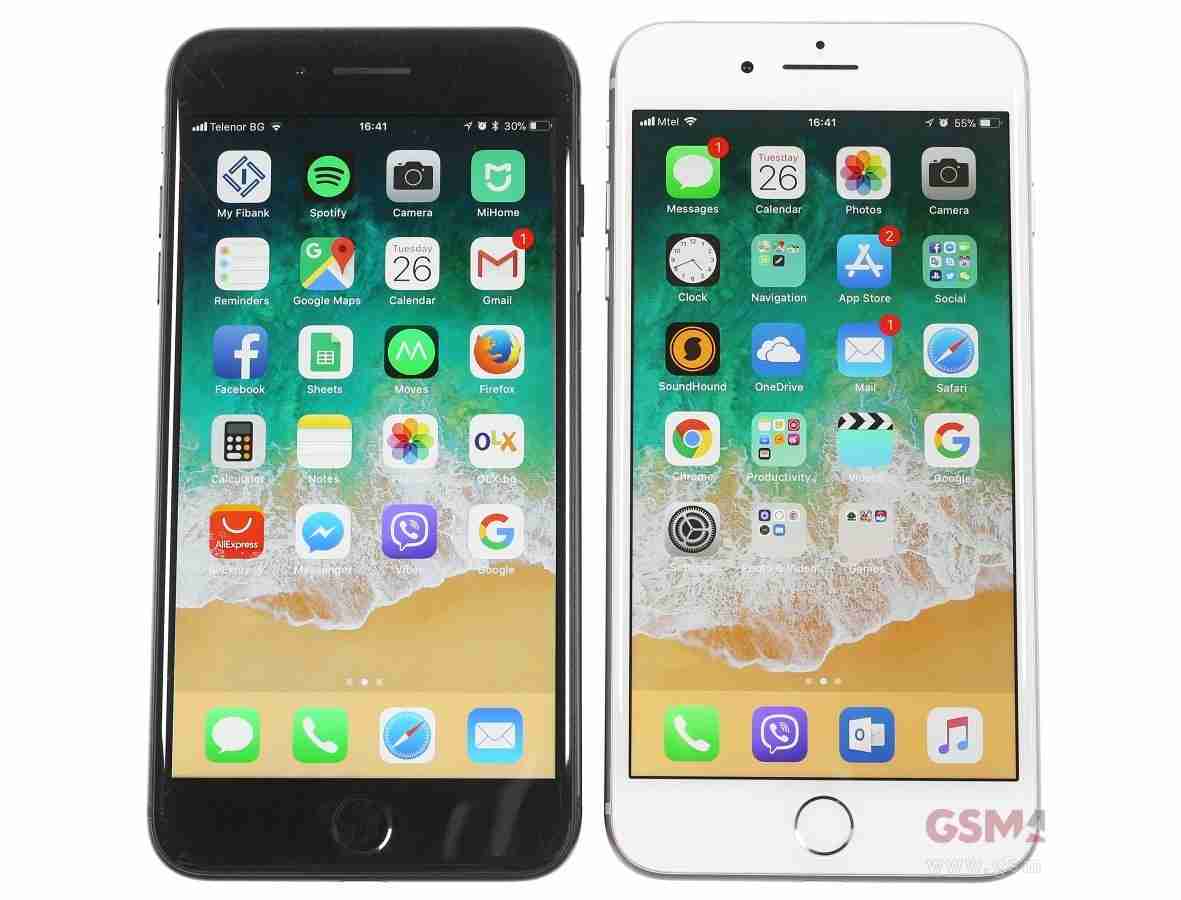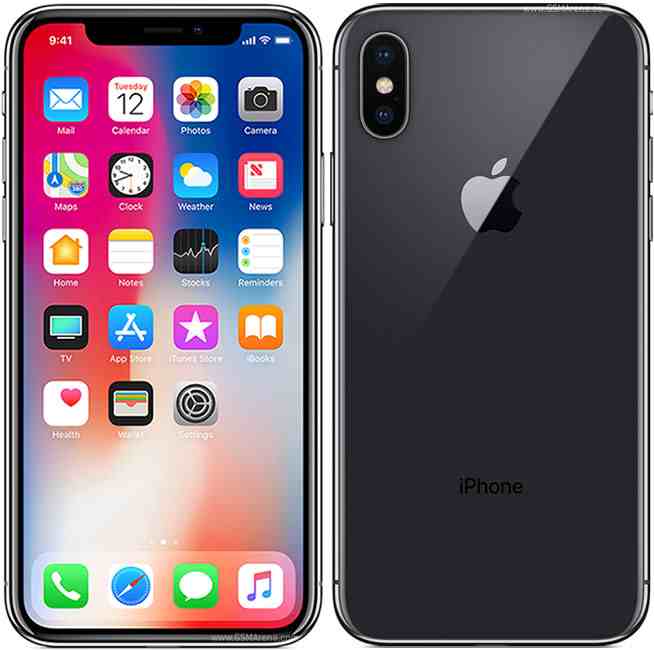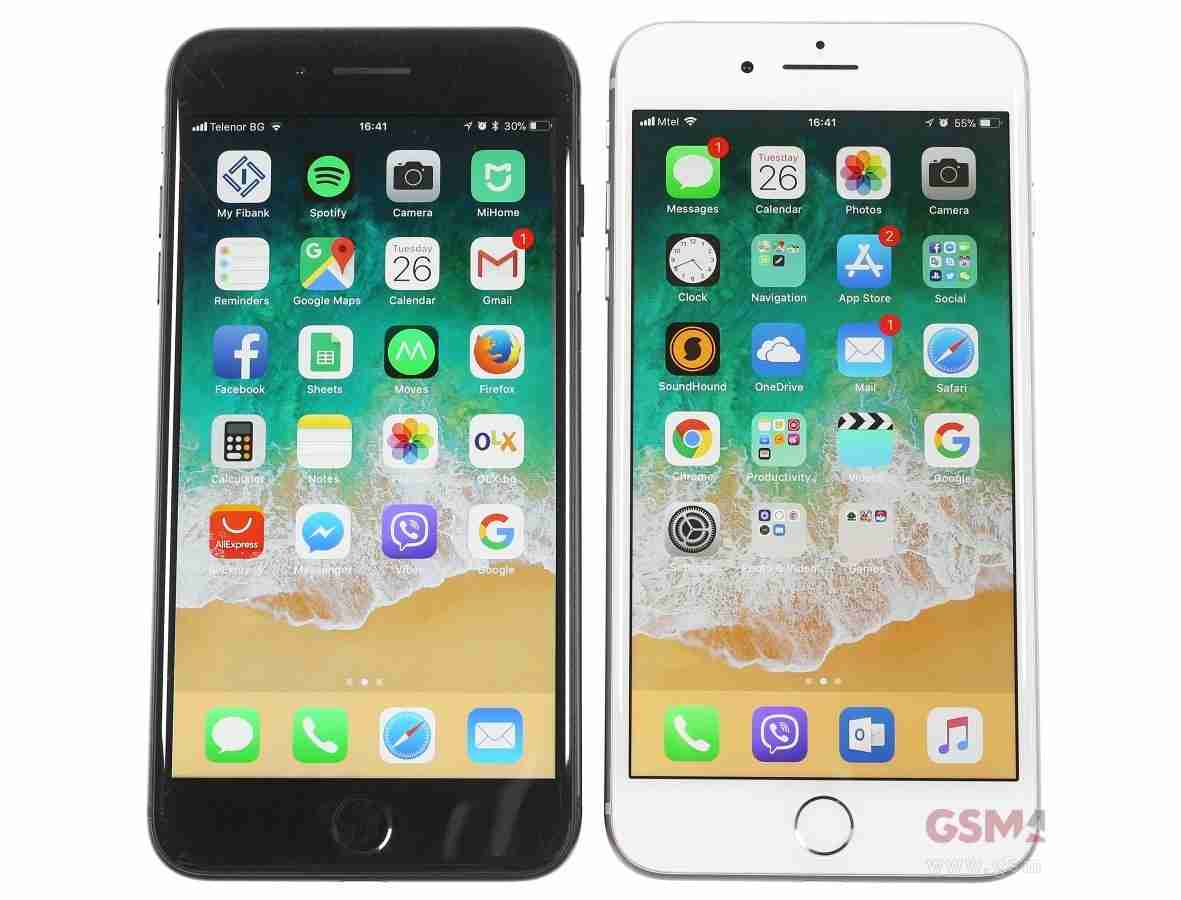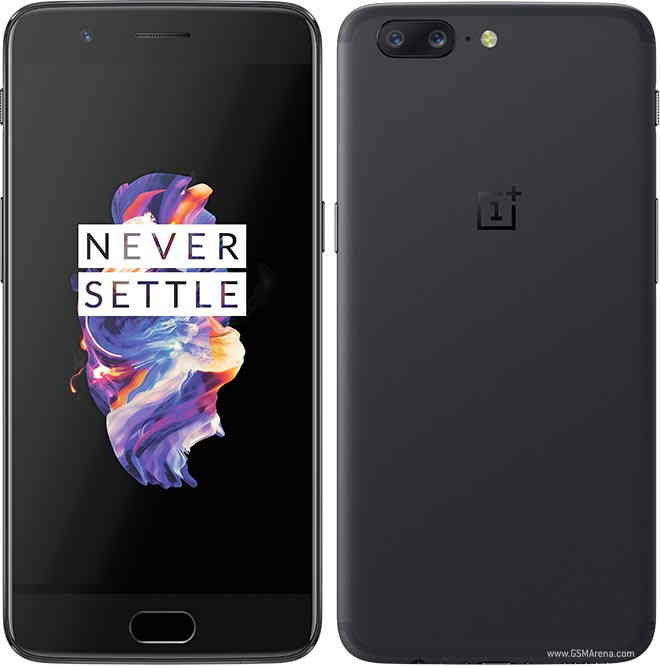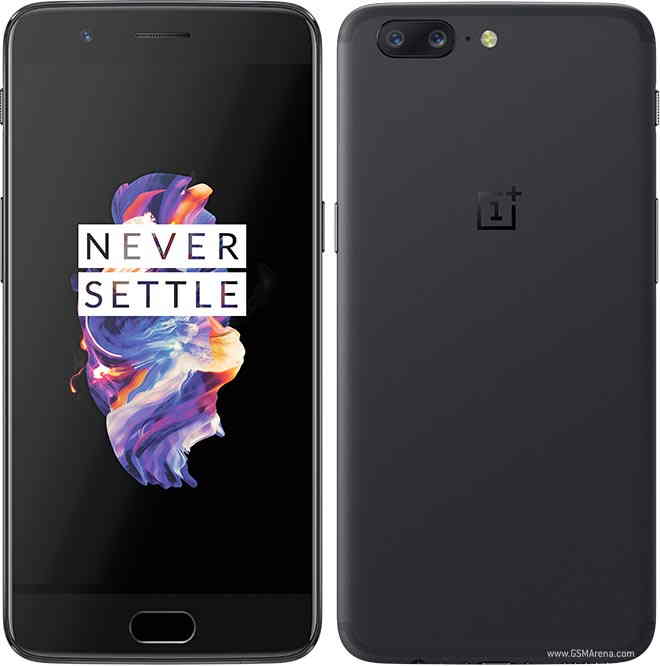Price: £199.99
Rating: 0
Both of Fitbit’s two new activity trackers coming our in early 2015 feature heart-rate monitors that take wearable tech into the gym and out on the track. The Fitbit Charge HR is aimed at the active user, and the Fitbit Surge is packed with features for the really committed sports and fitness nut, sorry I mean enthusiast.
Alongside the heart-rate monitors both feature the usual other fitness and activity-tracking features: step count, floors climbed, calories burned and active minutes.
We had hands-on time with both new fitness wristbands, and here is our preview of the Fitbit Surge. We’ll update this review when we have had longer to test all the Surge’s features, but we can tell a lot from our time spent putting the Surge through its paces.
The Fitbit Surge is quite a different device to Fitbit’s other trackers – such as theFitbit Charge and Fitbit Charge HR – and indeed most other fitness wristbands. See all Activity Tracker Reviews.
The Surge features all the functions of the other Fitbits and adds a slew of other sports features and a chunkier more watch-like design. It’s not exclusively for the more serious fitness user but only they will use all of its more sports-orientated features.
Like the others the Surge is an activity-tracker wristband that displays real-time fitness stats. While the Charge costs £99.99 and the Fitbit Charge HR is priced at £119.99, the Surge will cost £199.99. That extra £100 marks the difference in form and function that the Surge offers compared to other trackers.

Fitbit Surge: sports “super watch”
The Fitbit Surge looks like a watch, and Fitbit is calling it a “sleek fitness super watch”, although compared to most trackers it’s not actually that sleek.
It has a full eight sensors– the 3-axis accelerometers, gyroscope, compass, ambient light sensor, GPS and heart rate – which means it can offer much more varied and indepth fitness-tracking functions. For a full breakdown and comparison of all the Fitbits see our feature “Which Fitbit is Best”.
Like all Fitbits it has a MEMS 3-axis accelerometer that measures motion patterns to determine your steps taken, distance travelled, active minutes, and calories burned. Just like the Charge and Charge HR it also features an altimeter that measures floors climbed, to push you to take a more challenging route on your next walk or run.
Aside from the heart-rate monitoring (much more on which below) the Surge beats all other Fitbits and most other activity trackers with its wide range of multi-sports and exercise functions.
It can record multi-sport activities such as running, cross-training, hiking and cardio/strength workouts, and let users see comprehensive summaries with tailored metrics, workout intensity based on heart rate and calories burned.
Other Fitbit wristbands can use the GPS in your smartphone to track run, walk and hike stats and map routes. The Surge has its own built-in GPS. As the Mobile Run features work with iPhone only right now having the built-in GPS makes the tracker even more handy for Android users. And anyone running, jumping or lifting weights would probably prefer to do it without having to lug their smartphone around with them all the time. The Surge allows for this too.
Mobile Run and Surge are great for recording distance, average pace and split pace times. It also offers music controls so you can use it to select and shuffle songs on your iPhone. You can view runs from the past four weeks. You tap specific runs for an expanded view, where you can view steps, calories, and active minutes taken during your Mobile Run.
The Surge measures the duration and quality of your sleep, which is a key aspect of leading a fit and healthy lifestyle. Sleep detection is now automatic. There’s a vibrating alarm to wake you – but not your partner – at the times you set beforehand.
If your phone is nearby you can set the Fitbit Surge to show incoming call notifications using Caller ID. The top-of-the-range Fitbit Surge goes further yet, with built-in text notifications and music control, so you don’t even need your phone nearby.

Fitbit Surge: Heart Rate
It’s big attraction is the continuous heart-rate monitoring, which it shares with the cheaper Charge HR but uses more easily with its touchscreen display – lacking in the actually sleek HR.
Unlike other heart-rate monitors the Surge (and HR) doesn’t require a device to be strapped to your chest. It’s all done on the wrist, which means you’ll get a more complete picture of your heart rate as it is on all day and night.

Surge features Fitbit’s proprietary PurePulse optical heart-rate technology, which uses safe LED lights on the underside of the wristband to detect blood volume and capillary-size changes under pressure.
When your heart beats, your capillaries expand and contract based on blood volume changes. PurePulse LED lights on the Surge reflect onto the skin to detect blood volume changes.
Fitbit says that the LED lights are safe for skin and are on the visible spectrum, similar to the domestic house lights. They are very low power so will not burn the skin, and are programmed to shut down if your device freezes or doesn’t see the right signal.
PurePulse allows users to track workout intensity and calorie burn with algorithms that provide insight through interactive charts and graphs on the app and Fitbit dashboard.
It stores heart rate data at 1-second intervals during exercise tracking and at 5-second intervals other times.

The Surge’s smart display tells you if you're in one of three heart-rate zones. These zones can help you optimize your workout by targeting different training intensities, and are calculated based on a percentage of your estimated maximum heart rate.
Fitbit calculates your max heart rate with the common formula of 220 minus your age. When you’re “out of zone” – that is below 50 percent of your maximum heart rate – your heart rate may still be elevated but not enough to be considered exercise.
During low- to medium-intensity Fitbit classes this as the Fat Burn zone, measured at 50-69 percent of maximum heart rate. This is called the Fat Burn zone because a higher percentage of calories are burned from fat, but the total calorie burn rate is lower.
The optimum Cardio zone is at 70-84 percent of maximum heart rate, and is the medium- to high-intensity exercise zone. Fitbit describes this zone as when you are “pushing yourself but not straining”.
The Peak heart-rate zone is the high-intensity exercise zone for short intense sessions that improve performance and speed – it is greater than 85 percent of your maximum heart rate.
Instead of using the three default zones you can create a custom heart-rate zone on your computer’s Fitbit dashboard.
Resting heart rate is traditionally measured just after waking up before you start moving around. The Fitbit Surge measures your resting heart rate throughout your day during periods when you are still.

Fitbit Surge: software
The Surge is best appreciated alongside the excellent software: its free app and desktop dashboard, both of which display fantastic graphs and stats that show you how you are performing to your set targets.
The Fitbit Surge is compatible with iOS, Android and Windows Phone devices.

Fitbit Surge: specs
The Surge has a very respectable 7-day battery life, better than the Charge HR’s 5 days. When we have tested the Surge for longer we’ll update this review with our own battery test results.
While the Charge and Charge HR are both water resistant up to one Atmosphere, the Surge can apparently withstand five Atmospheres,
which theoretically means it can be submerged to 10 metres, but in reality it means each will withstand not much more than splashes and a quick dousing. Neither should be worn in the shower or when swimming. The Surge is more water resistant (five Atmosphere), which means it is wearable around household sinks, while playing sports and while swimming in shallow water. Experts recommend that you don't wear it while bathing, snorkeling or scuba diving. For more on water resistance ATM ratings see this guide for watch owners.
If you often exercise in wet conditions – or are a profuse sweater – then the Surge’s extra water resistance is a benefit worth paying for.

Fitbit Surge: design
The designs of the Surge is quite different to Fitbit’s other wristbands. It’s far more like a sports watch than a simple band.
Its backlit LCD touch screen display boats customisable watch faces, and navigating through real-time stats, workout apps and alarms is fully swipable – just like you’re used to with a smartphone or tablet.
The Surge measures 34mm wide, and its display uses much of this space, measuring 24.36mm by 20.88mm. You can buy it in either Small, Large or X-Large wristband sizes.
The Surge features a watch-like strap and buckle, which feel less likely to slip off than earlier Fitbit wristbands. It feels as secure, which is important if you’re pushing your fitness and sports performance.
The Surge is available in three colours: Black, Blue, and Tangerine.
Buying Advice
The Fitbit Surge is an activity tracker for the serious fitness enthusiast. Were not saying a more casual user wouldnt appreciate its looks and features, but the level of functionality and price put it properly in the market for the power user. The everyday user who wants a tracker to push them to exercise more is catered for with the Fitbit Flex and Charge. If youre just interested in the heart-rate monitor you could consider the cheaper and very capable Fitbit Charge HR, but if you want to see dedicated heart-rate stats during performance-based workouts, and map your routes with built-in GPS the Fitbit Surge has it all.



